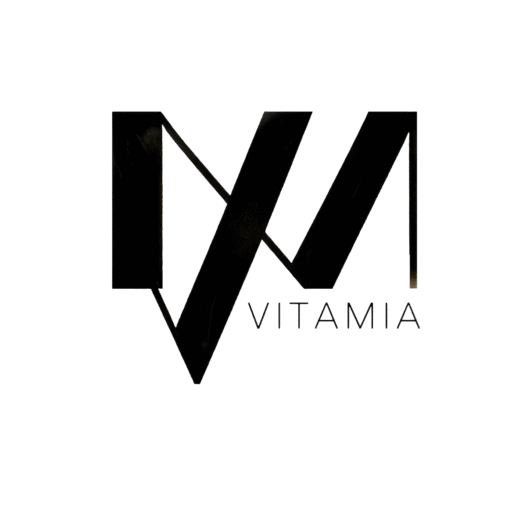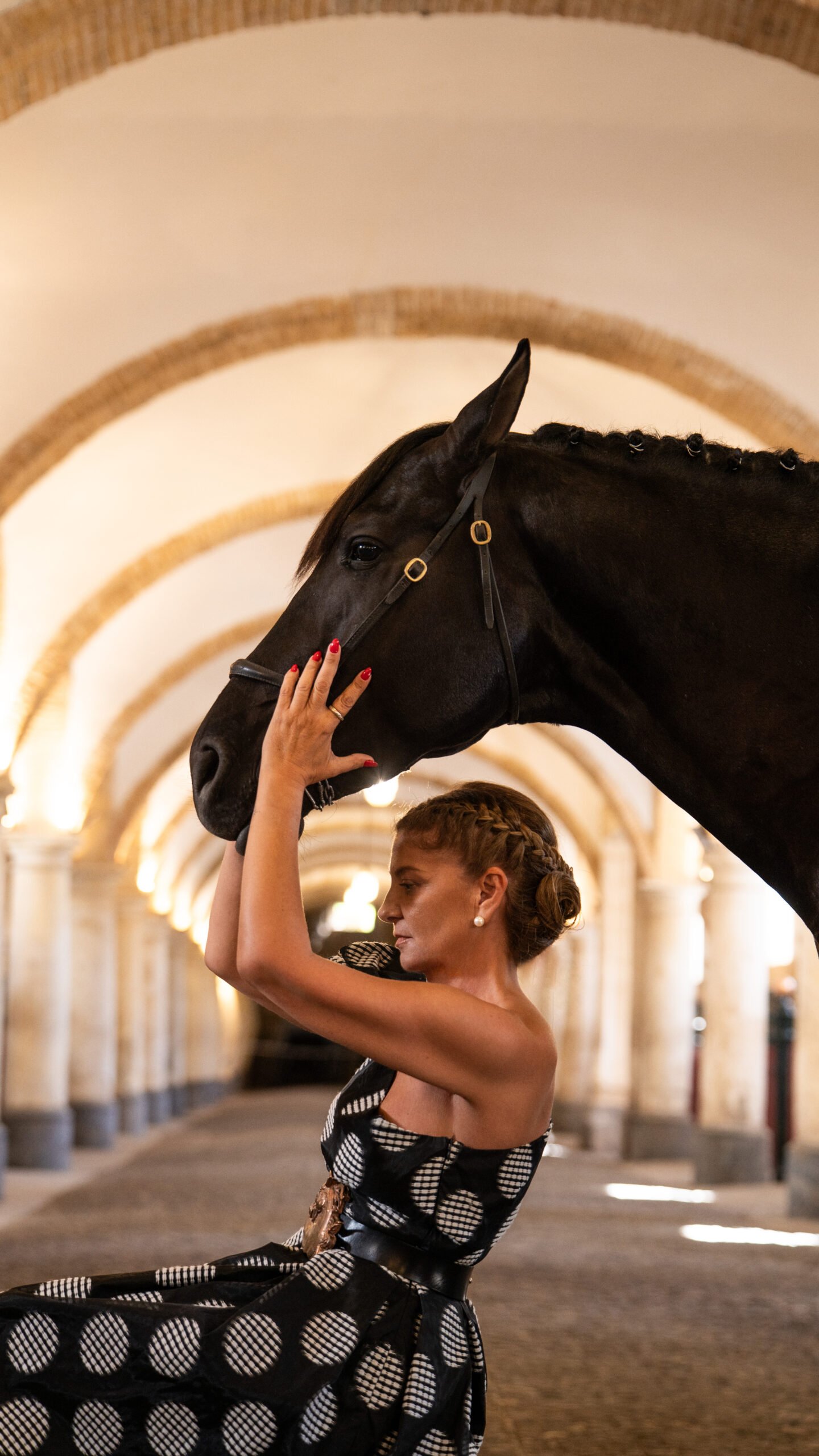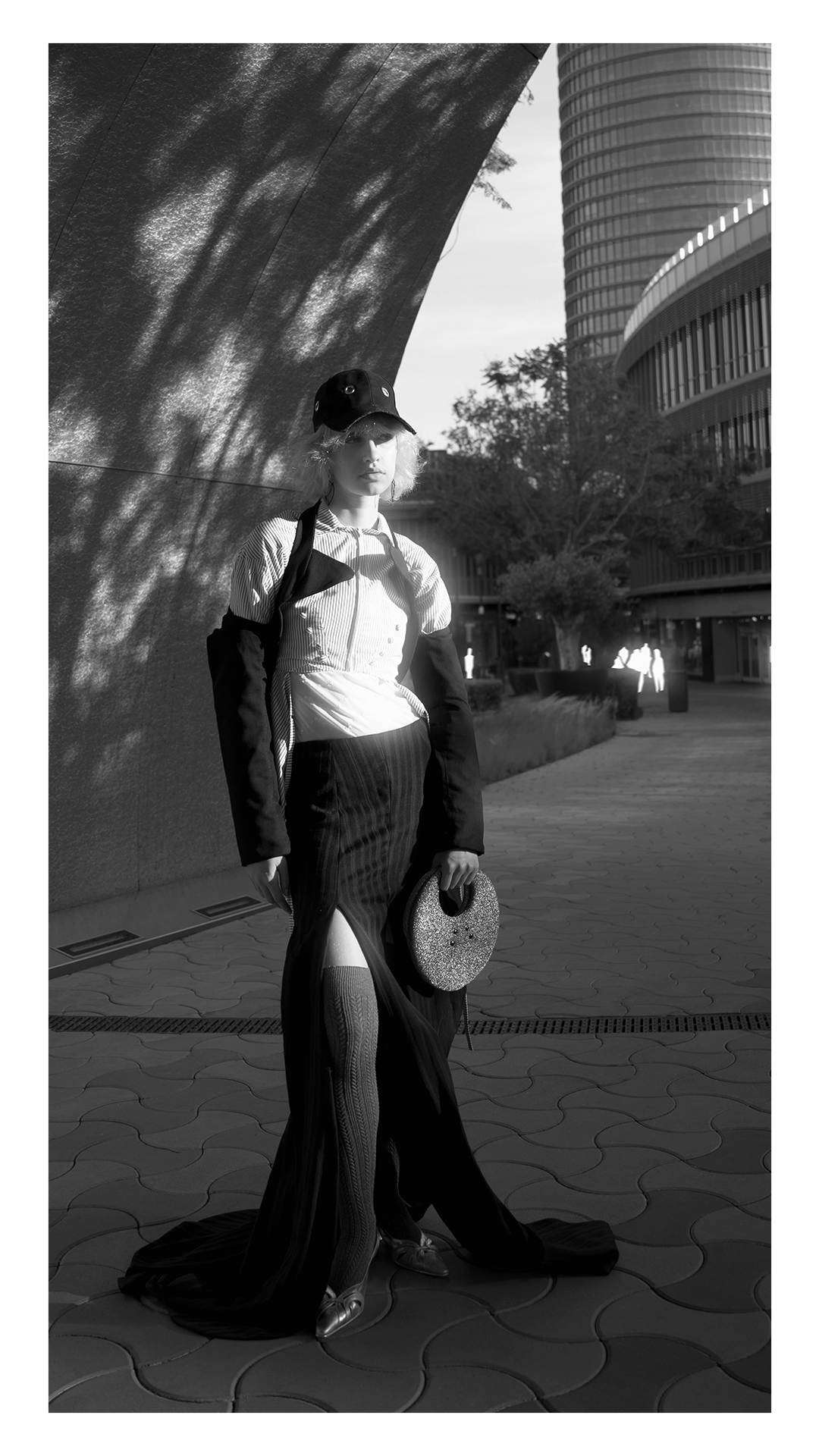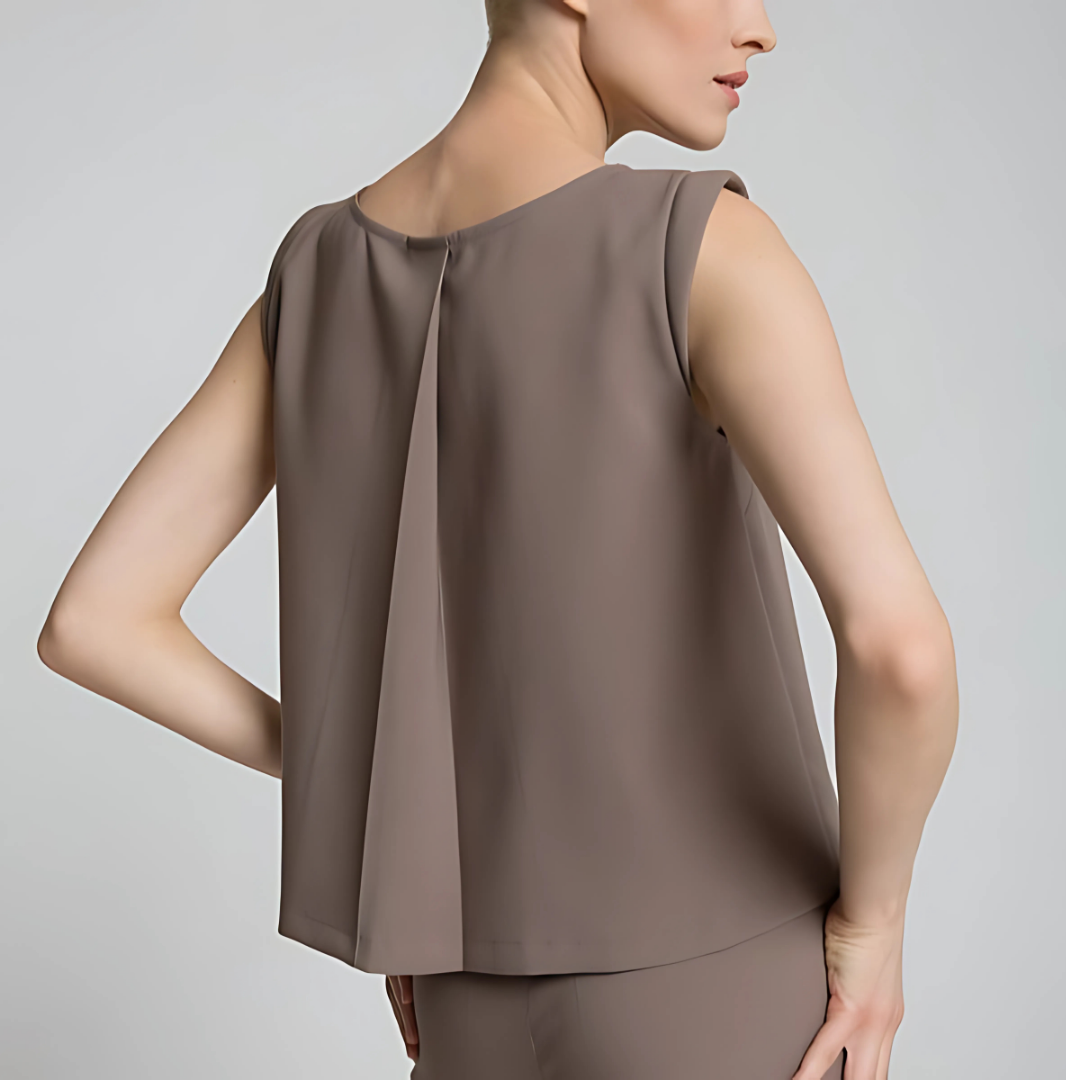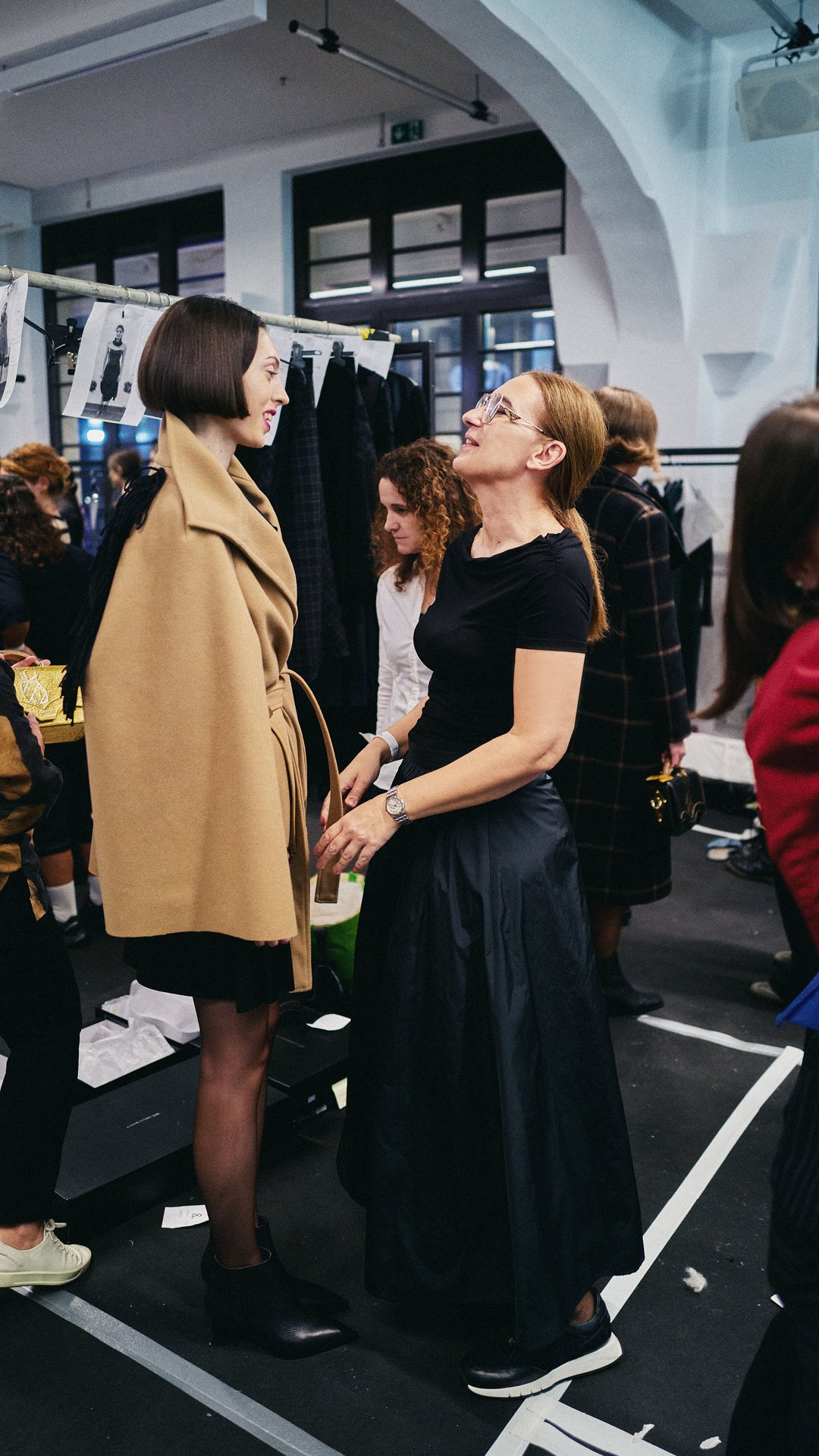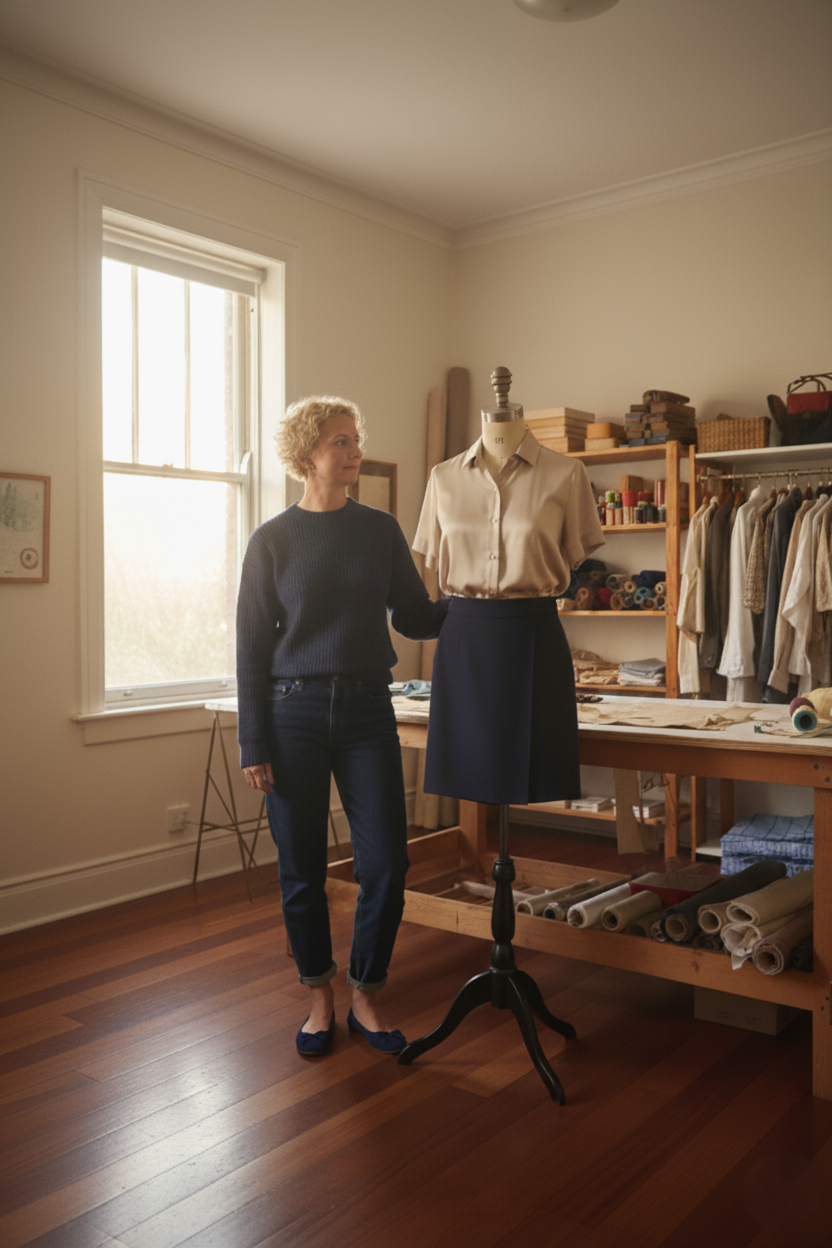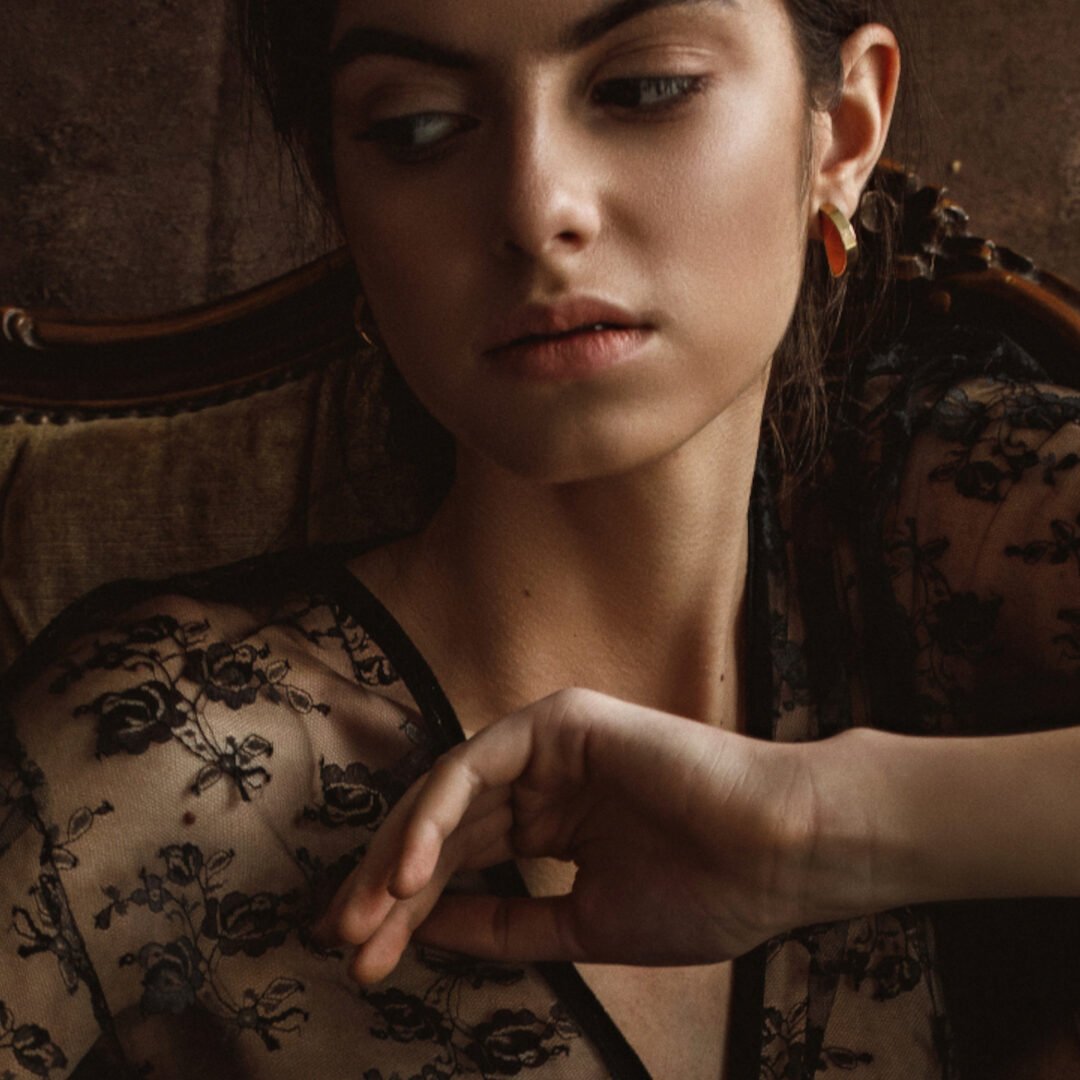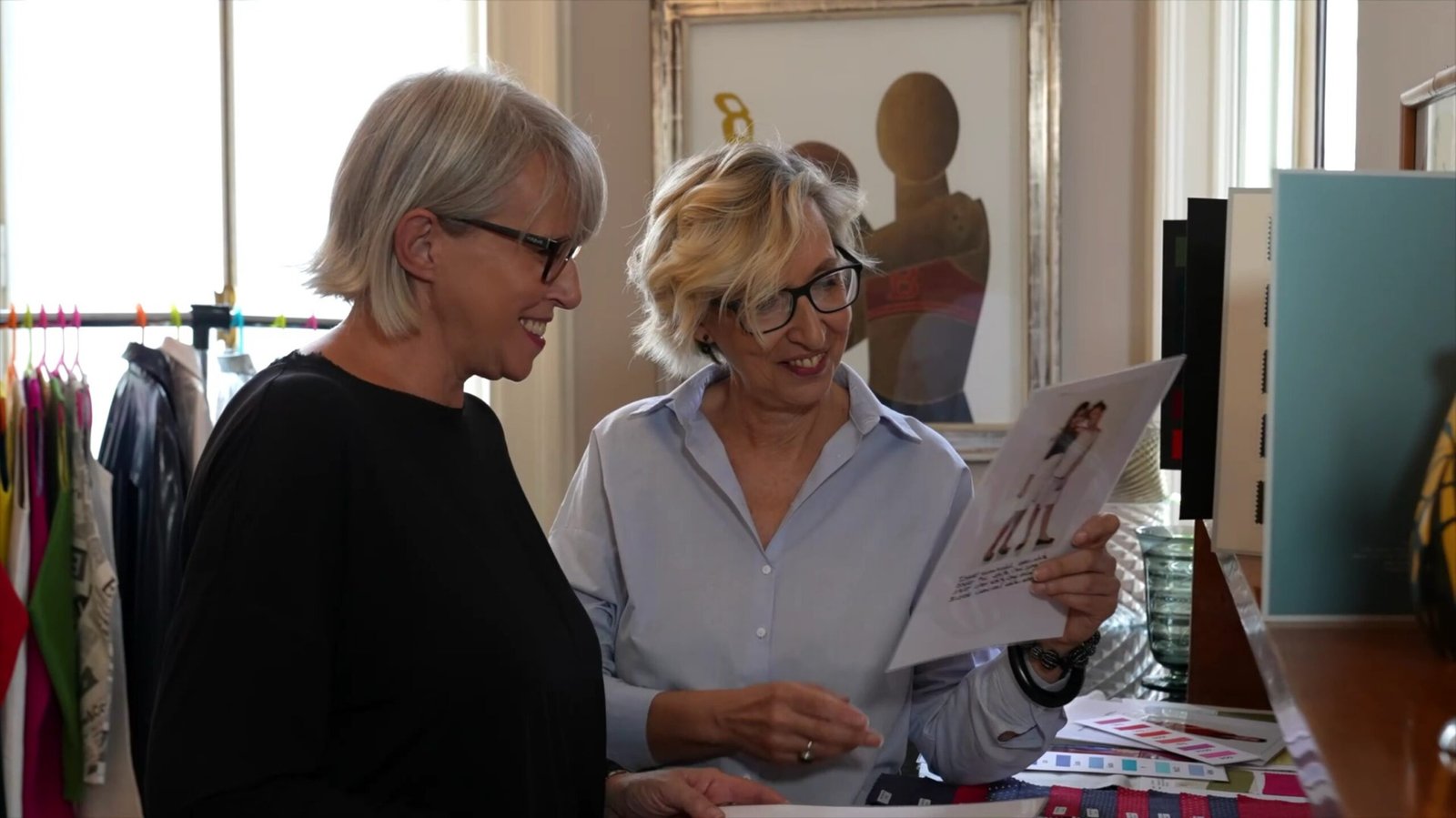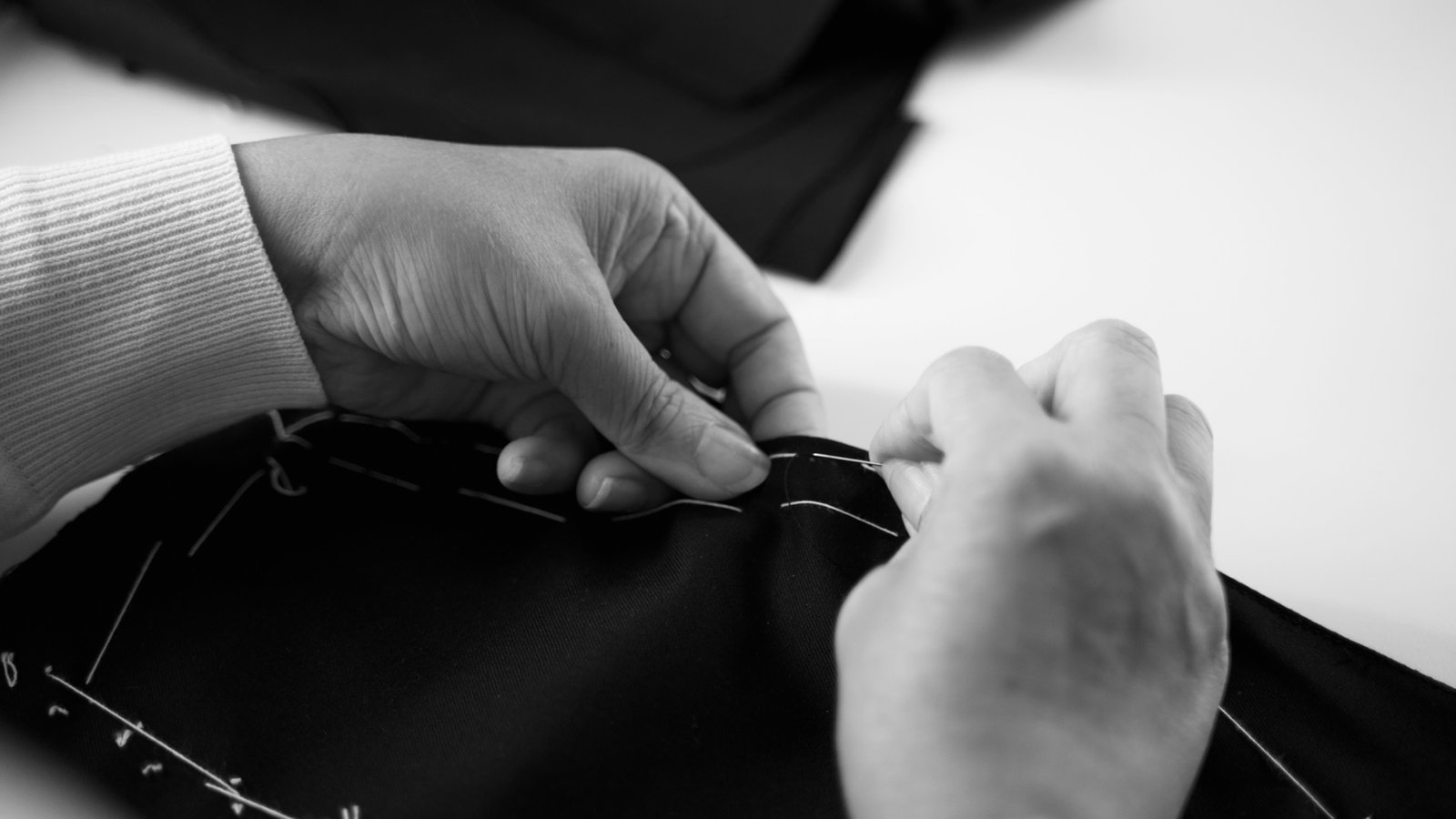I grew up between two countries, Spain and the United States, never fully belonging to either. That space between cultures marked me more than I realized at the time. As a child in Spain, I often felt slightly out of step. While my friends wore fitted shirts and carefully chosen tailoring, I showed up in the relaxed silhouettes I had inherited from American culture, a simple outfit of denim jeans and oversized graphic T-shirts. The contrast always struck me. Their fabrics were crisp, precise; mine were looser, brighter, almost louder. It felt like I was living in a capsule, a little world apart from theirs. And when I visited the U.S., I would finally blend in with the other kids yet my mindset, my rhythms, my sense of culture was deeply rooted in Spain. I never fully belonged to either place, and that distance became a freedom. It allowed me to imagine my own world instead of fitting into one. Today, I see that tension reflected in my designs: garments shaped by the discipline of tailoring, but softened by a sense of ease and a language formed between two culturally different homes.
My work begins with fabric. I choose traditional tailoring cloths and natural fibers like wool twills, cottons, linens, velvets, satins. These materials carry history in them, but when reshaped through my patterns, they point forward. I see them as the foundation for an evolution in clothing: garments that reflect the times we live in, rather than clinging to the past. We are surrounded by technology, progress, and signs of a future once only imagined and yet so much of what we wear remains locked in nostalgia. My goal is to let fabric move forward with us.
Sevilla itself continues to shape my design language. The Puente de Triana has always inspired me with its simple beauty – its strong yet graceful structure adorned with circular forms of different sizes. Those circles echo one of the identity codes of my brand: the openings I cut into garments near collars or sleeves. To me, they represent the evolution of the classical tailored jacket collar, reimagined as negative space. I like to play with their placement — sometimes at the neckline, other times along the arms — letting them accentuate the body in unexpected ways. Just as the bridge turns a functional span into something architectural and poetic, these details transform tailoring into a language of its own.

A recent look embodies this approach: a two-piece mini suit in light brown wool twill. The jacket, cut at the waist with long sleeves, has no closure system. It simply falls naturally on the body. The skirt, knee-length with a curved hem, extends into two long straps from the belt loops. It is both architectural and wearable, structured yet free. In this, you can see the duality that defines my work, a discipline balanced by ease and evolution carried by fabric.
What makes these garments worth wearing is not only the quality of the materials or the precision of the patterns, but the way they are designed for real life. They are breathable, comfortable, and easy to care for. Their uniqueness lies in the patterns themselves, which keep them from feeling like passing trends. Instead, they hold a minimal, timeless quality — the kind of pieces that can be worn for years and still hold their value in look and in fabric.
My resistance to logo culture comes from a belief that identity should be visible in the aesthetic of the clothes themselves. A garment should not need a name printed across it to be recognized. At the same time, I see trends not as enemies but as markers of an era: collective expressions of taste, color, or form that show where society is at a given moment. My work stands both inside and outside of that cycle: shaped by the present, but never dependent on it.

At the end of this month, I will present my first show in the United States. Preparing for it has already shown me how different the process feels compared to Europe, from navigating production timelines to working with new teams and spaces. Fashion shows always carry a sense of mystery from the outside, but to me, they are where all the fragments of fabric, philosophy and memory come together. This one, in Chicago, feels like both a return and a beginning. It is also a chance to reveal the full story of the brand, not only through the clothes, but through the pacing, the music, the energy of the room. Every detail from the casting to the way fabric moves under light becomes part of the narrative. That storytelling is, in many ways, the true identity of the brand.
The show is a debut and a vow: I will continue challenging the norms of faashion so that it may evolve into the language of today and to let each garment hold its place not through logos or status, but through form, fabric, and truth.
Read Next

Joss Blake
Joss Blake, Founder and Creative Director of his eponymous brand

Istán and Me Part 1
Vitamia Magazine
Tailoring the In-Between
Vitamia Magazine
